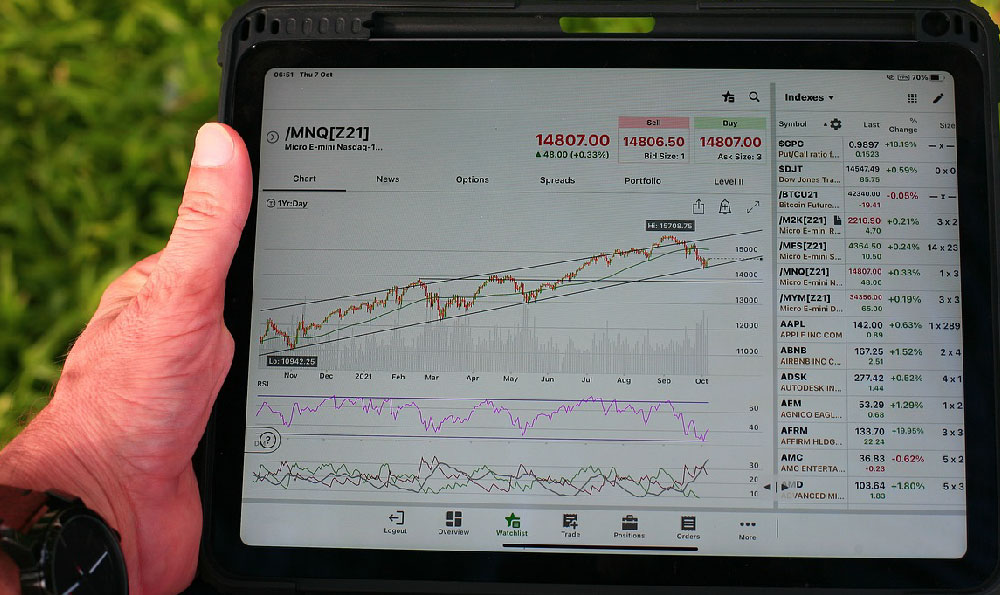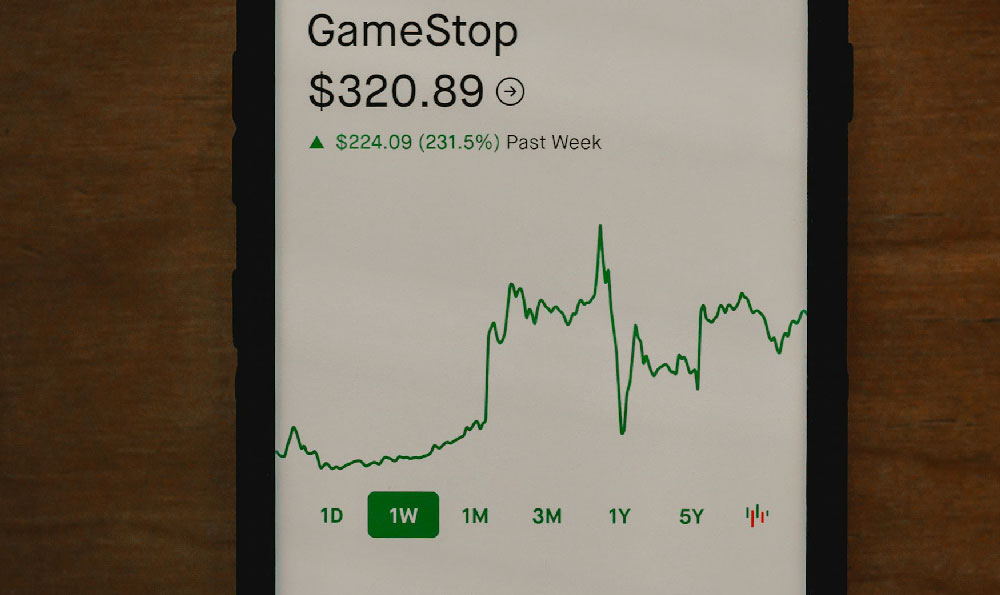Bitcoin, the pioneering cryptocurrency, has captivated the world with its potential for astronomical returns. The question of whether one can actually make money with Bitcoin, and more importantly, how to do so responsibly, is one that warrants careful consideration. The allure of rapid profit should always be tempered with a deep understanding of the inherent risks and complexities of the cryptocurrency market.
The fundamental approach to profiting from Bitcoin is, unsurprisingly, buying low and selling high. This principle, however, is vastly more nuanced in the volatile realm of cryptocurrencies. Predicting market movements with certainty is impossible, but employing sound analytical techniques can significantly improve your odds. Technical analysis, for instance, involves studying historical price charts, trading volumes, and various indicators to identify patterns and potential entry and exit points. Moving averages, Relative Strength Index (RSI), and Fibonacci retracements are just a few examples of the tools technical analysts use. Fundamental analysis, on the other hand, involves evaluating the underlying value of Bitcoin by considering factors such as adoption rates, network activity, regulatory developments, and the overall macroeconomic environment.
Direct investment, or simply buying and holding Bitcoin, is the most straightforward method. This is often referred to as "HODLing," a term that originated as a typo but has become synonymous with a long-term investment strategy. HODLing requires patience and a strong belief in Bitcoin's long-term potential, as it entails weathering periods of significant price volatility. Dollar-Cost Averaging (DCA) is a prudent strategy for HODLers. DCA involves investing a fixed amount of money at regular intervals, regardless of the current price. This mitigates the risk of investing a large sum at a market peak and helps to average out the purchase price over time.

Beyond direct investment, there are other avenues for generating profit. Bitcoin mining, the process of verifying and adding new transactions to the blockchain, can be profitable, but it requires specialized hardware, technical expertise, and significant energy consumption. The barrier to entry for individual miners has increased substantially as mining difficulty has risen, making it more suitable for large-scale operations. Cloud mining, where you rent computing power from a mining farm, is an alternative, but it often comes with higher fees and potential scams.
Another option is Bitcoin trading, which involves actively buying and selling Bitcoin to capitalize on short-term price fluctuations. Day trading, swing trading, and scalping are various trading strategies, each with its own risk profile and time commitment. Trading requires a deep understanding of market dynamics, technical analysis, and risk management. It's not for the faint of heart and should only be undertaken with capital you can afford to lose. Leveraging trading, which amplifies both potential profits and losses, is extremely risky and should be avoided by novice traders.
Furthermore, lending Bitcoin on cryptocurrency platforms can generate passive income. These platforms connect borrowers and lenders, allowing you to earn interest on your Bitcoin holdings. However, it's crucial to carefully vet the platform's security and assess the creditworthiness of borrowers. The risk of default or platform hacking is always present.
Participating in yield farming or staking protocols can also offer attractive returns. Yield farming involves providing liquidity to decentralized finance (DeFi) platforms in exchange for rewards, while staking involves holding Bitcoin (or its wrapped versions) to support the network's operation and earn interest. These activities can be complex and carry risks such as impermanent loss, smart contract vulnerabilities, and rug pulls.
Successfully navigating the Bitcoin market requires more than just luck. A robust risk management strategy is paramount. This includes setting stop-loss orders to limit potential losses, diversifying your portfolio to reduce exposure to any single asset, and only investing what you can afford to lose. It's also essential to be wary of scams and Ponzi schemes, which are prevalent in the cryptocurrency space. Always conduct thorough research before investing in any project or platform, and never fall for promises of guaranteed high returns. If something sounds too good to be true, it probably is.
Furthermore, staying informed about market trends, regulatory developments, and technological advancements is crucial. The cryptocurrency landscape is constantly evolving, and what works today may not work tomorrow. Continuously educate yourself through reputable sources, attend industry events, and engage with the Bitcoin community.
Finally, remember that Bitcoin is a highly speculative asset, and its price can fluctuate dramatically. While the potential for profit is undeniable, so is the risk of loss. Approaching Bitcoin investing with a long-term perspective, a sound risk management strategy, and a commitment to continuous learning is the most prudent way to navigate this exciting but challenging market. While making money with Bitcoin is certainly possible, it requires diligence, discipline, and a healthy dose of skepticism. It's not a get-rich-quick scheme, but rather an investment that demands careful planning and execution.











